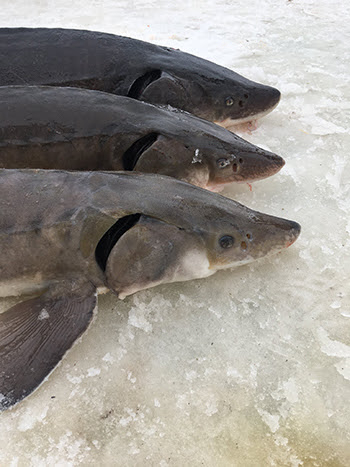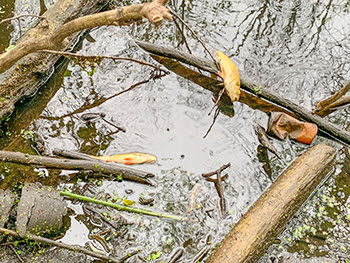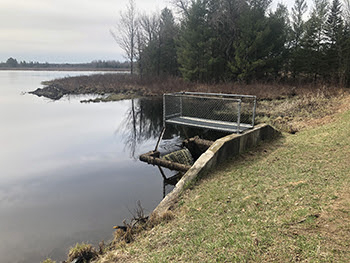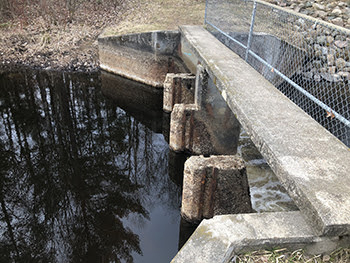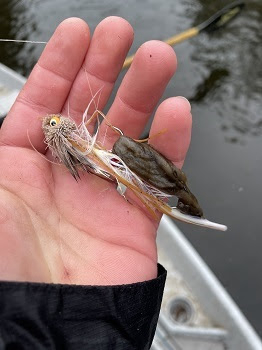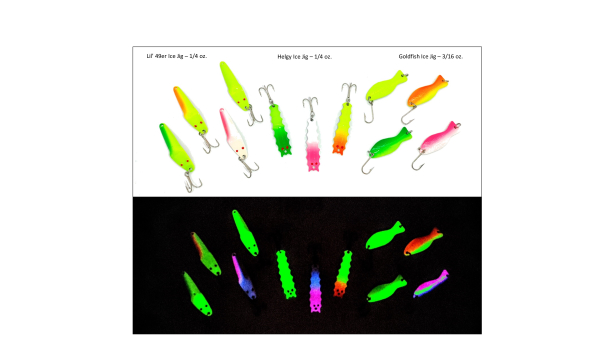
The growing popularity of fishing has been well documented in the last two years and one of the fastest growing segments, even before the pandemic, was kayak fishing. There are many reasons for the increased interest, including the lower cost versus purchasing a boat and motor as well as the chance to fish smaller waters and access areas that boats cannot get to.
Two kayak fanatics are the host of The Kayak Fishing Show with Jim Sammons, a show beginning its 13th season on television, and a YouTube personality with nearly 430,000 subscribers, Gene “Flukemaster” Jensen. Both have spent thousands of hours fishing from a kayak and have learned how to stay efficient on the water.

Jim Sammons Host of The Kayak Fishing Show
Accessible, But Out of the Way
Sammons has a long-running show dedicated to kayak fishing, but his love for fishing from a kayak spans decades. When he started his journey, the lifelong surfer began taking longboards off the coast of San Diego to fish for calico bass before adapting to the kayaks that were available in the early 1990s.
He’s seen the popularity of kayak fishing grow and the availability of accessories tailor made for the style advance—a significant improvement over the days when he and other kayak anglers had to custom make their own rod holders, mounts, and tackle storage. Even with the advances in gear and kayaks, Sammons has kept the same mantra for fishing gear storage.
“I want things to be accessible but out of the way and that’s something I preached when I was guiding kayak trips and still live it to this day,” he says. “The truth of the matter is kayak anglers are gear junkies and we tend to bring way too much stuff with us, and I’m no different. The key is to have everything organized and out of the way when you are casting, fighting fish, and landing them.”
Sammons has a place for everything on his kayak and has boxes made up for the target species he’s after, whether it is freshwater bass, inshore species like redfish, calico and spotted bay bass, or tuna further offshore. That includes line selection and ensuring he has everything he needs for a day on the water. Read more
